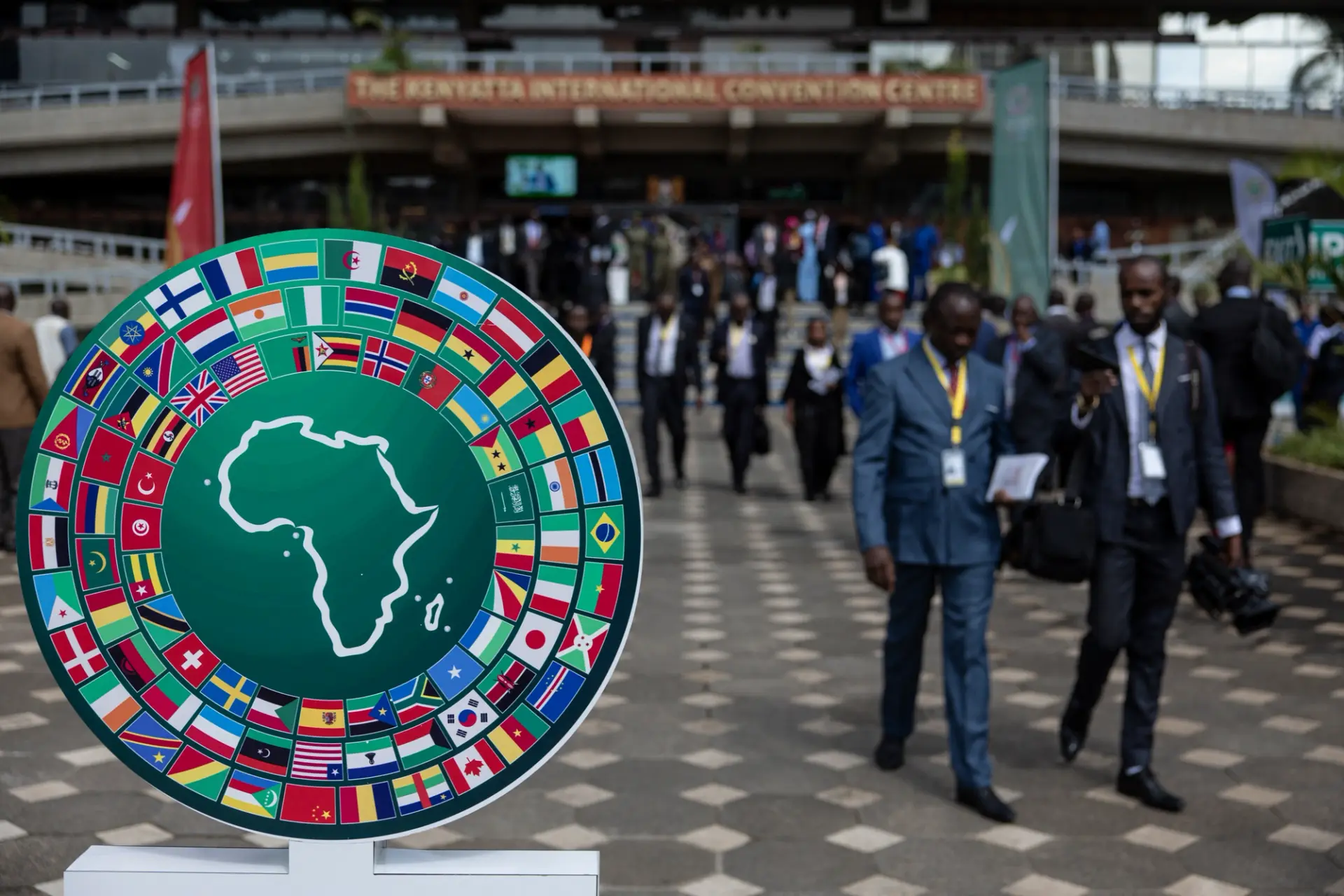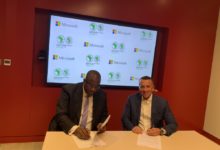How the African Development Bank’s Evolution Could Shape Africa’s Digital Future

Later this month, a new president will be selected by the board of governors of the African Development Bank (AfDB). This will be a pivotal moment for the incoming leader. There has been much debate on whether the African Development Bank should play it safe or go full SoftBank. But this is a false dilemma: either treat the AfDB as an old-school lender or as a moonshot tech investor.
Why not both?
If Africa aims to leapfrog into a future defined by climate tech, digital labor, and data-driven infrastructure, then the African Development Bank must evolve—with teeth. Not by becoming a copycat of venture capital, but by morphing into an entirely different hybrid institution: half anchor investor, half development platform.
Here’s what that entails.
Start with “Digital Enablers” — the Infrastructure Beneath the Platforms
Before getting prices for mega projects or creating AI logistics zones, AfDB should forego digital public goods that free SME capabilities:
- Digital ID interoperability across borders
- E-payment rails for cross-border trade and domestic service delivery
- Fiber + Cloud availability in SEZs and tier-2 cities
- Procurement and project tracking in a more modern way, with open-source tools
These aren’t attractive but quite necessary. Without them, the bigger tech-enabled vision just becomes vaporware.
Build the rails first; the trains (and tokens) will come.
Anchor but Don’t Dominate Africa’s Tech Venture Scene
Africa does not want the African Development Bank to be its Vision Fund — but it does need a credible anchor to de-risk early-stage ecosystems.
What that means is:
- Backing local venture capital funds, not being one
- Funding digital infrastructure (AI-ready compute zones, data centers, research hubs) instead of funding startups directly
- Catalyzing diaspora remittance technology by formalizing remittance corridors and incentivizing fintech innovation
Think of the African Development Bank as a Temasek rather than SoftBank; patient capital, regional scale, public-private alignment.
Build Special Zones for Mission-Driven Tech
If the African Development Bank must sponsor SEZs, it must be only to create digital industrial commons, not a route for tax evasion.
- Clean-energy SEZs should be paired with data-center hubs.
- Give climate-tech export incentives to manufacturers of solar components, electric vehicle components, or agritech sensors.
- Digital labor academies should be tied directly into regional value chains (such as logistics, translation, coding, and BPO).
Therein lies the zoning strategy: building sovereign capacity, not racing for the next Amazon or OpenAI satellite office.
Become a Ledger of Trust, Not Just a Lender
The African Development Bank has an asset that no venture firm can ever really replicate: the trust of African governments, multilateral partners, and sovereign lenders.
- Why not channel that power to harmonize ESG scoring, green finance measurements, or carbon-credit registries throughout Africa?
- Why not organize digital public-private partnerships featuring transparent dashboards?
- Why not support AI for public good, such as predictive maintenance of roads or remote diagnosis for healthcare?
Instead of chasing returns, become the platform into which everyone else plugs- developers, donors, diaspora, and domestic investors alike.
Integrated Hybrid Strategy in Action
Digital Infrastructure as the Foundation
- In 2023, the bank supported the installation of a 900-km fiber-optic network within the Central African Republic.
- It has also financed in Cabo Verde a top-notch tech park now housing startups, data centers, and other innovation hubs.
Digital Public Goods and Financial Systems
- Its Universal Basic Income and Digital Interoperability Project is fostering intervention throughout West Africa to promote standardized IDs and financial inclusion.
- It also sponsors e-payment and e-commerce developments at the regional level.
Electrification through Mission 300
- Through Mission 300 and with a $15 billion commitment, the bank announced it will electrify 300 million Africans by 2030.
- The targets are to mobilize the latter amount to $90 billion, de-risking policy frameworks so that private capital into the actual investments may be attracted.
The Path Forward: Institutional Agility, Not Institutional Amnesia
Africa needs the African Development Bank to be boring in ensuring:
- Macro discipline
- Creditworthiness
- Regional integration
But it should be brave when using its funds for:
- Digital infrastructure
- Standardizing frameworks for innovation
- Empowering a young tech-native workforce
This is not mission drift; rather, it is a natural movement of the mission.
Budget Cuts from Washington: A Looming Challenge
The Trump administration wants to remove $555 million in funds meant for the African Development Fund, which is the African Development Bank’s main vehicle for development in low-income countries. If these proposals are passed into law, it can imply that Bank operations need to be reset, restricting its interventions on key digital and energy transitions.
Being the second-largest shareholder of the AfDB since 1976, the United States is considering not to pay its share anymore, putting a replenishment effort of $25 billion under grave threat. This all becomes a major stress test for the person coming after Adesina.
Foreign assistance is often a relative term with many variables, but while it faces headwinds, Washington appears to be increasing its development finance body funding and shifting its bets to bodies like the IDA of the World Bank. Given this uncertainty, the African Development Bank must now chart an innovative course and demonstrate why Africa’s digital leap brigade still needs bold, collective investment.
Final Word: Don’t Just Build Roads. Build the API for Africa’s Future
The African Development Bank’s legacy was built in concrete and sovereign bonds. Its future might just lie in fiber, tokens, and open standards.
We don’t want a Vision Fund. Instead, what we need is a Vision Framework — and a bank willing to be both developer and debugger.
Follow us on WhatsApp, Telegram, Twitter, and Facebook, or subscribe to our weekly newsletter to ensure you don’t miss out on any future updates. Send tips to editorial@techtrendsmedia.co.ke

